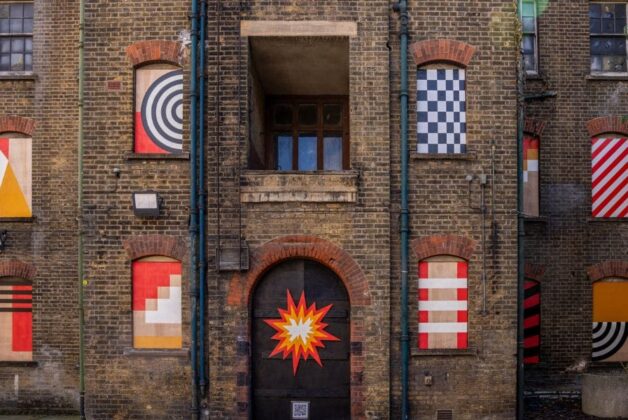Image: Beckford's Tower (Casper Farrell)
Now removed from the Heritage At Risk register, the nearly two-year project address its namesake’s links with transatlantic slave trade
Beckford’s Tower and Museum reopened this weekend following a £3.9m refurbishment and reinterpretation.
Originally known as Lansdown Tower and located just outside Bath, it has undergone essential repairs which encompass a reinterpretation of the tower’s story, alongside the installation of renewable energy sources, and the excavation of a previously hidden grotto.
The tower gets its name from William Beckford, who commissioned the tower alongside Fonthill Abbey in Wiltshire, and is also the author of 1786 Gothic novel Vathek.
Beckford’s wealth came from his ownership of sugar plantations in Jamaica and the transatlantic trafficking of enslaved people.
The museum said this wealth “gave Beckford immense privilege and power, which he used to collect and commission precious art and objects, and to create influential buildings and landscapes.
“These intertwined themes of wealth and power, exploitation and abuse are addressed in the tower’s new exhibition spaces, developed through extensive consultation with a diverse cross-section of the local community so that new voices are part of the tower’s next chapter,” it said.
The project, funded by The National Lottery Heritage Fund and other public and private funders, began in October 2022.
Also completed is the excavation of a hidden grotto in the landscape, now open to visitors for the first time, conservation works to remove the building from the Heritage At Risk register, the restoration of lost historic design elements.

Amy Frost, Senior Curator at Bath Preservation Trust said: “William Beckford’s obsession with collecting objects and building towers was funded by his involvement in the transatlantic slave trade. This means that the creation of Beckford’s Tower and the collection within it was all underpinned by the exploitation and suffering of thousands of enslaved people. It has been vital that we work with others to tell this story as openly and accurately as possible.
“The end of this project is actually the start of a future programme of changing displays and new research at the museum, ensuring that even more previously untold stories are discovered, and voices that have previously been silenced are heard.
Collaborating with our local communities and advisors we have worked together to create an “expansive, interesting and inclusive experience; this tower used to be a space reserved only for one privileged man, now we want everyone to feel welcome here.”





